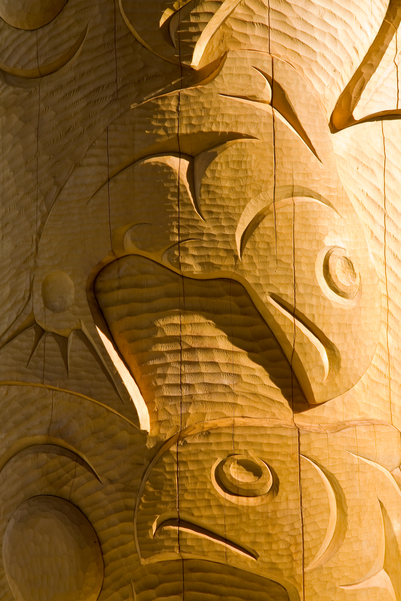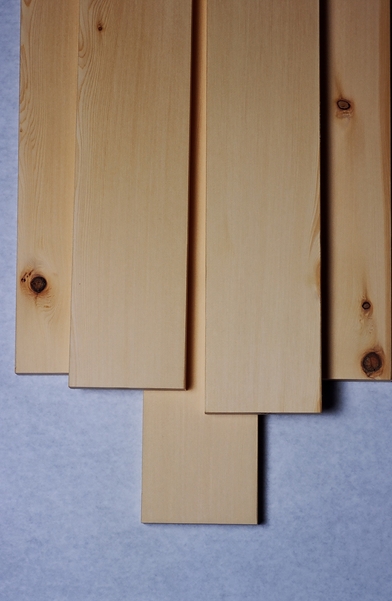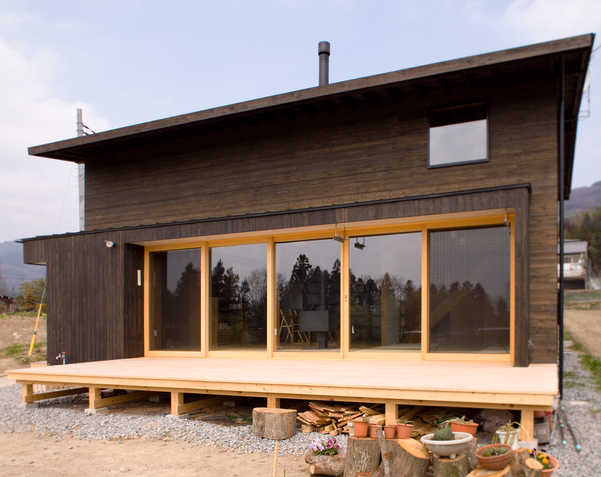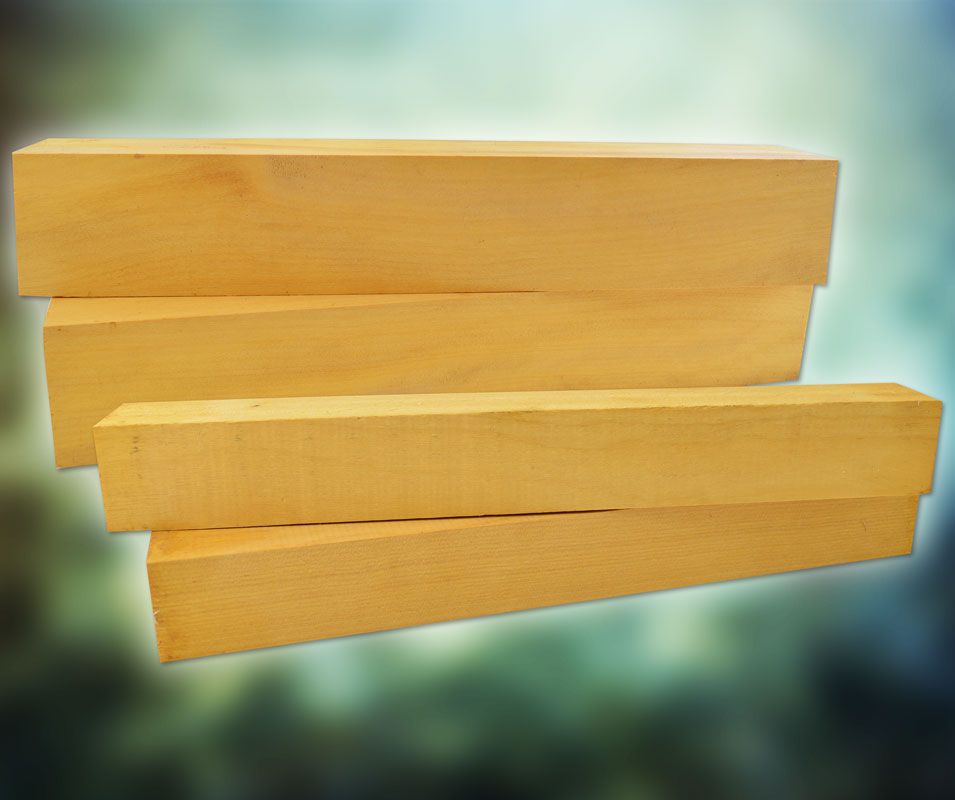As a firewood enthusiast, I’m always on the lookout for logs that will provide maximum heat and burn time. When scrounging or buying wood, one of the first indicators of quality is the color of the freshly split wood. A vibrant yellowish hue when wood is split open often signals a top-shelf hardwood. But not all yellow woods are created equal. Let’s explore some of the common tree species that display yellow inner wood and tips for identifying the differences.
Why Does Wood Turn Yellow When Split?
Freshly cut logs have a bright yellow or golden color inside because of the sapwood. The sapwood is the newer, outer growth layer of a tree that transports sap and nutrients. It’s more porous and moist than the inner heartwood. When logs are first split, the sapwood is exposed to air and turns from white or cream to yellow as it oxidizes.
Over time the yellow color will fade and darken as moisture evaporates and tannins are released during the wood’s natural aging process. But when a log is first split that vibrant yellow sapwood provides clues about the species.
Top Yellow Woods Worth Knowing
Here are some of the most notable tree varieties that show yellow inner wood when split:
Osage Orange
Also called hedge or hedge apple, Osage orange is arguably the gold standard when it comes to yellow firewood. The wood has a bright golden yellow hue when fresh cut It’s one of the heaviest hardwoods and provides excellent heat. Resists rotting.
Black Locust
A top burning wood, black locust has yellowish heartwood when split. The color tends to be paler than Osage. It’s super dense and very resistant to rot. Black locust is easy to split and dries quickly.
Mulberry
Mulberry wood appears pale yellow when first split but darkens over time. It has fibrous texture and splits very easily. Fresh mulberry smells mildly fruity. Provides great heat when dry.
Sassafras
Prized for its fragrant aroma, sassafras has yellowish sapwood under the bark. The pith is often chambered. Leaves are uniquely mitten-shaped. Sassafras has lower density than other yellow woods.
Boxelder
A softer maple species boxelder smells foul when cut due to nitrogen compounds. The wood is lightweight and turns yellow-orange when split. Roots often grow twisted and flattened. Burns fast with low heat.
Yellow-Poplar
Actually in the magnolia family, yellow-poplar has light yellow heartwood when split. Sapwood is creamy white. It’s softer than oak but splits easily. Has a bitter odor. Burns quickly with less heat than denser woods.
Tips for Positive Identification
When dealing with yellow inner wood, use these tips to verify the exact species:
-
Consider the weight and hardness. Osage and locust are extremely dense and hard. Boxelder and poplar are lightweight.
-
Look at the bark. Black locust has thick, grooved bark. Sassafras has a cork-like bark texture.
-
Divide the log and check the pith. Black locust pith is thick and chambered. Sassafras has a thin pith.
-
Note the odor. Mulberry and sassafras smell pleasant when cut. Boxelder has a foul, fishy smell.
-
Examine the grain patterns after splitting. Look for interlocking grain in black locust.
-
Research your region. Check range maps as some yellow woods only grow in certain areas.
-
When in doubt, search for leaves, fruit, or other identifying factors. Compare to photos online.
Split and Stack for Maximum Heat
The vibrant yellow inner wood exposed when splitting logs provides tempting clues, but can sometimes lead to misidentification. You’ll want to gather a few more facts before determining the exact species. Use your nose, study the textures, weigh the wood, and sleuth for more evidence before making a final ID.
With a bit of wood wisdom under your belt, you’ll be able to spot those valuable hardwoods that provide the best heat and burn times. Next time you split open a log to find eye-catching golden wood inside, unravelling the mystery will lead to fires that radiate both warmth and self-satisfaction. Happy heating!
Common uses and applications
Yellow cedar has exceptional longevity and is very durable. For roofing, marine pilings, small boat hulls, oars and paddles, water and chemical tanks, exterior doors and window boxes, and more, it’s a great choice. Structural grades are commonly used for exterior applications such as bridges, decking and stairs and for landscaping. It is sometimes used in specialty construction projects such as temples and shrines.
Yellow cedar is well suited for flooring and bridge decking because of its strength, hardness and wearing properties. Because it doesn’t rust or break down in the weather, it’s perfect for industrial uses like flumes, chemical containers, horse stables, floors, and outdoor seating in sports facilities. It is used extensively for boat building, sauna manufacturing, fine cabinetry and interior and exterior millwork.
Indigenous Peoples use almost every part of a cedar tree. Roots are dried and braided to make hats and baskets. Withes are strong, lightweight and naturally grow in long strands, so they are suitable for ropes and lashing. Bark is dyed and processes into thread for mats, clothing, blankets and hats. Bark is also used for ropes, baskets and fishing nets. Inner bark is soft, so it has been used for baby diapers, bedding, sanitary napkins and towels. Dried bark is an excellent tinder for matches and torches. Cedar wood is used to make canoes, paddles, hooks, spears, and fishing floats. It is also used to make totem poles, masks, and longhouses. Fish are preserved in cedar smokehouses or dried on cedar racks.
Yellow cedar is also used by Indigenous people to make bentwood boxes to store food or other goods. The boxes are made from a single cedar plank which is steamed until pliable and then bent. The two sides are pegged together. The boxes are decorated with paint or carvings.
Photo credit: KK Law

Yellow cedar is one of the world’s most durable woods. It is a bright yellow color that stands out, and the narrow band of sapwood is a color that is very close to the heartwood. The wood is fine textured and straight grained. Its natural extractives make it a decay-resistant wood that is aromatic when cut.
Yellow cedar is considerably harder when dry than most commercial softwoods so it is strong. It is known for its exceptional working properties and can be easily machined and finished. It turns, planes and shapes well and can be sanded to a smooth finish. The wood glues satisfactorily, has moderate nail and screw holding ability, and takes a good finish.
If you want to make something out of yellow cedar wood, it’s very easy to do. It’s popular for decorative paneling, furniture, moldings, and cabinetry. It is sometimes used in specialty construction projects such as temples and shrines. Structural grades are commonly used for exterior applications such as bridges, decking, stairs and landscaping.
Yellow cedar is different from most softwoods because its density is pretty even across single growth rings. This makes it a good wood for carving and other woodworking projects. This effect accounts for the lack of visual grain.
Photo credit: Michael Bednar

In North America, structural grades of yellow cedar are in accordance with the National Lumber Grades Authority (NLGA) rules for dimension lumber. It is produced in appearance grades according to NLGA rules, most commonly as clears, shop lumber and moulding stock. Yellow cedar is also offered in export grades for Japan and other markets.
Yellow cedar lumber is often sold green due to its unique properties. The lumber is dried according to end-use and customer specifications. Kiln drying stops the wood from naturally staining, makes it stronger and stiffer, improves its look, and makes it less likely to rot or be attacked by insects.
Sasaki House, Japan | Photo credit: Seji Takakuwa, World Spread

| Density (kg/m3) | Green | 419 |
| Air dry | 431 | |
| Specific gravity (12% m.c.) | Standard | 0.42 |
| Hardness (N) | Side | 2510 |
| End | 3960 | |
| MOE (Mpa) | Green | 9240 |
| Air dry | 11000 | |
| MOR (Mpa) | Green | 45.8 |
| Air dry | 79.7 | |
| Compression parallel (Mpa) | Air dry | 45.9 |
| Compression perpendicular (Mpa) | Air dry | 4.74 |
| Shear (Mpa) | Air dry | 9.21 |
| Cleavage (N/mm width) | Air dry | 45.4 |
| Shrinkage OD = oven dry air = air dry 12% | Radial (OD) | 3.7% |
| Tangential (OD) | 6.0% | |
| Volumetric (OD) | 9.4% | |
| Volumetric (air) | 5.0% | |
| Tang / rad ratio | 1.6 |
| Colour | |
| Heartwood | Pale yellow to dark yellow. |
| Sapwood | Pale yellow in fresh wood to greyish-yellow in older wood. |
| Heartwood / sapwood contrast | The sapwood is narrow and there is little contrast between the heartwood and sapwood. |
| Latewood / earlywood contrast | The annual growth rings are very narrow and there is a gradual transition from earlywood to latewood. |
| Grain | |
| The wood is generally straight-grained and has a fine, even texture. | |
| Figure | |
| Plainsawn lumber or rotary-cut veneer: faint growth ring. | |
| Quartersawn lumber or quarter-sliced veneer: none. | |
| Knots | |
| Tight knots. | |
| Other | |
| Wood of yellow cedar is aromatic, especially when freshly cut. Free from pitch and resin. | |
| Wood tends to develop brown discoloration when it is in contact with iron or iron compounds under damp conditions. | |
| Process | Performance | Comments |
|---|---|---|
| Machining | ||
| Planing | Excellent planing quality | Recommended planer settings: 20° hook and 8, 12, 16, or 20 kmpi (knife marks per inch). No major defects. Slight dulling effect on cutting tools. |
| Turning | Medium to high surface quality | Good surface quality when turned using a rotary knife lathe. |
| Sawing | Easy to work with tools | Known for its exceptionally good working qualities. |
| Boring | Moderate | Much better boring quality with brad point bits than with single twist bits. |
| Mortising | Good to moderate | Excellent mortising quality is found with a hollow chisel mortise. |
| Shaping | Good shaping quality | Recommended: the use of a counter piece for end-grain shaping. |
| Veneering | N/A | |
| Sanding | Excellent | |
| Fastening | ||
| Screwing | Moderate | Average screw rentention: 476 lb. |
| Nail retention | Good | Equivalent to Douglas-fir. |
| Lateral nail holding | N/A | |
| Gluing | Satisfactory | Bonds satisfactorily with good-quality adhesives under a moderately wide range of bonding conditions. |
| Finishing | ||
| Staining | Moderately easy | Natural finish looks best. As stain gets darker, uneven colour is pronounced. A wash coat would even out colour differences. |
| Painting | Moderate paint holding ability | Older wood should be wiped with paint thinner to remove surface “greasyness”. |
| Lacquering | Good to moderate | Reasonably smooth results with only two topcoats. |
| Waxing | Good | Good results are obtained when using light- to medium-coloured waxes (e.g., mellow pine, chestnut). |
| Drying | ||
| Ease of drying | Moderately easy | Dries without difficulty, but there is a tendency for surface checking to occur in thick stock with some end splitting if the drying is forced. |
| Durability | ||
| Natural decay resistance | Durable | Appropriate for outdoor usage. |
| Treatability | Impermeable | Can be improved by incising. |
Data for these property tables has been compiled by FPInnovations from internal and external scientific sources. FPInnovations is a not-for-profit technical research institute serving the Canadian forest sector.
What Is S-P-F LUMBER? (S-P-F Vs. SYP…What’s The Difference?? Lumber Markings/Softwood Varieties)
FAQ
What wood is yellow when cut?
What kind of firewood is yellow?
What type of tree has yellow wood?
What wood has yellow undertones?
Is yellow pine a good firewood?
Southern yellow pine: pine makes good firewood even though it emits smoke and sparks, it burns at various heat levels, and is easy to split. Cedar: This wood is easy to burn including at low heat levels. Although it does emit some serious sparks and smoke, it isn’t hard to split.
Is yellow poplar a good firewood?
Yellow Poplar is a poor wood for fire fuel. Though it burns and splits easily, it emits some heavy smoke and many sparks. Southern Yellow Pine easily burns at varying heat levels and is easy to split. It emits some smoke and sparks but makes a relatively good firewood. Douglas Fir is easy to burn and burns at a high heat level.
Which wood should be avoided for log splitting?
Woods all have different characteristics, and it is critical to consider them. Which Woods Should Be Avoided For Log Splitting? The tree species that are easy to split include ash, hard maple and oaks. However, you need to avoid logs that have interlocking grains, which include the elm, gum, and sycamore.
Which trees are easy to split?
The tree species that are easy to split include ash, hard maple and oaks. However, you need to avoid logs that have interlocking grains, which include the elm, gum, and sycamore. They are difficult to split even when a log splitter is used. Green wood is also easier to break compared to dry wood.
- The Ultimate Guide to Growing Strawberries in Raised Beds - August 8, 2025
- No-Dig Garden Beds: The Easiest Way to Grow a Beautiful Garden - August 6, 2025
- How to Protect and Preserve Wood for Raised Garden Beds - August 6, 2025

